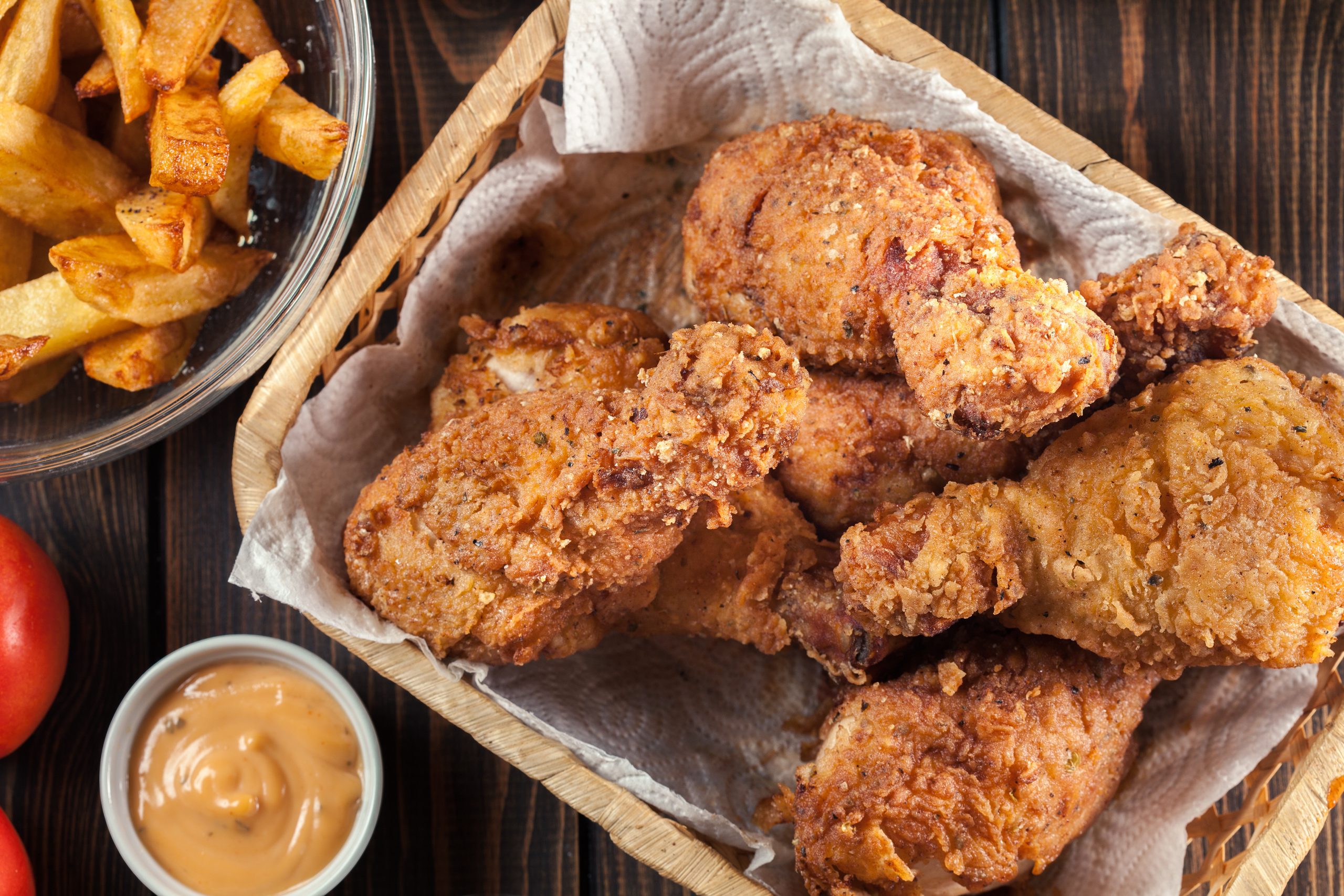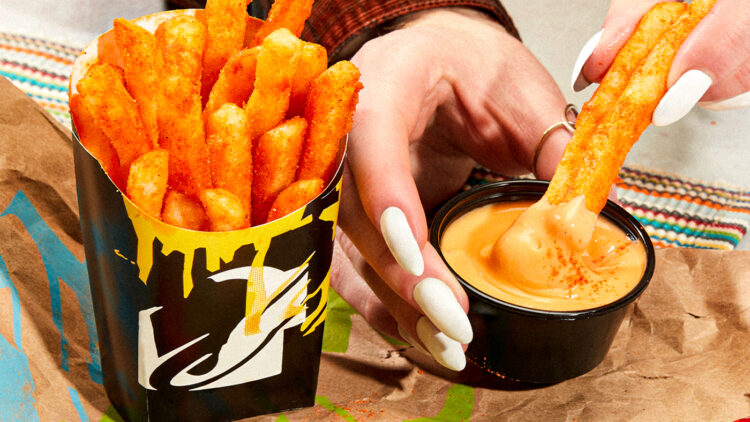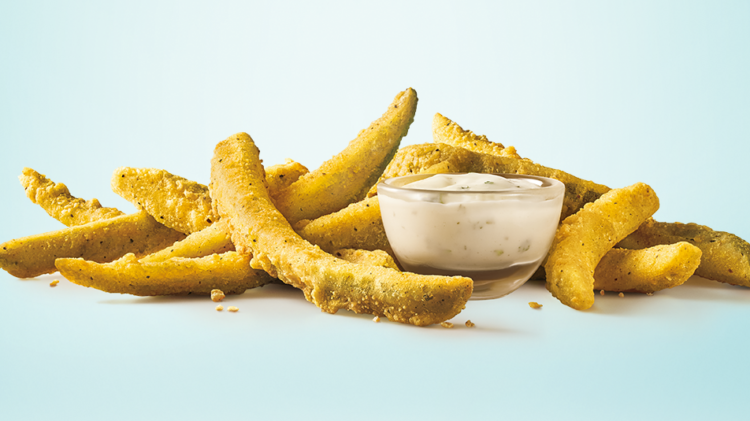How to make deep-fried foods at home like a pro

The products and services mentioned below were selected independent of sales and advertising. However, Simplemost may receive a small commission from the purchase of any products or services through an affiliate link to the retailer's website.
Deep-fried food deserves its own altar in the pantheon of comfort foods.
When done just right, it’s got it all: A satisfying crunch that gives way to tender, flavorful goodness within. It might not be great for your heart, but it’s wonderful for the soul.
Though frying is a super-common way to prepare foods the world over, deep frying at home can be intimidating if you’re inexperienced. People get hurt doing it!
Fortunately, with a little time and care, plus the right equipment, you can easily add deep frying to your arsenal of cooking techniques — injury-free.
MORE: The best air fryer ovens for enjoying fried-food taste with less fat
Choosing The Right Oil
There are two main ways to deep fry: On the stove, old-school style, or with a deep-fryer appliance. We’ll get into that later, but no matter which method you use, your choice of oil is important.
Frying cooks food by submerging it in extremely hot oil. As such, you’ll want to pick an oil that has a high smoke point — the temperature at which the oil starts to release smoke (i.e., burn).
For example, extra virgin olive oil (EVOO) has a relatively low smoke point, at 375 degrees Fahrenheit. It’s just slightly higher than the temperature needed to properly fry, so a little more wiggle room is desirable to avoid “off” flavors and to cook everything safely and evenly.
Plus, EVOO can get expensive. You’ll be using large amounts for frying — so don’t bust the budget with a pricey oil.
Instead, opt for affordable oils with higher smoke points, like vegetable, peanut or canola oil.
The Stovetop Frying Technique
Jug of oil in hand, it’s time to talk technique. As long as you’ve got a stove and a large, heavy pot, you can deep fry at a moment’s notice.
Start by filling the pot with the recommended amount of oil and heat it according to the recipe guidelines. Keep a candy thermometer close by to ensure the oil reaches the correct cooking temperature.
Before frying, take a pinch of flour and drop it into the hot oil. If it quickly crisps up and turns brown, you’re good to go.
And don’t forget to check the moisture of your items before they go in the pot. Droplets of water will make the hot oil splatter, increasing the chance of a nasty burn. Pat dry anything that still looks wet. A splatter screen can help contain rogue droplets, too.
If you’re cooking something that requires doing multiple batches, such as fried chicken, make sure the oil returns to temperature after removing a batch — adding in food causes the temperature to drop a bit with each batch.
Using A Deep Fryer At Home
It’s even easier to fry up a treat with a home deep fryer. This is a smaller version of the device that pro kitchens use for frying. It’s much easier to monitor and adjust oil temperature with a fryer, and you can generally cook more food in one shot.
As an added safety bonus, plenty of home-kitchen models come with a lid that goes over the fry basket to contain stray splashes of oil, and the handles of the fry baskets are often heat-resistant.
Check out our current list of the best deep fryers if you’re in the market for one.
Once fried items come out of the oil, be sure to drain them promptly, otherwise they’ll end up soggy and too greasy. And when you’re making multiple batches, turn the oven to its “warm” setting and place finished pieces on a baking sheet inside to preserve their crispy freshness while you cook the rest.
No matter which method you use to fry, make sure to check food temperature before you call it done. Then plate it up, call in the gang and you should be golden! (Pun most definitely intended.)









